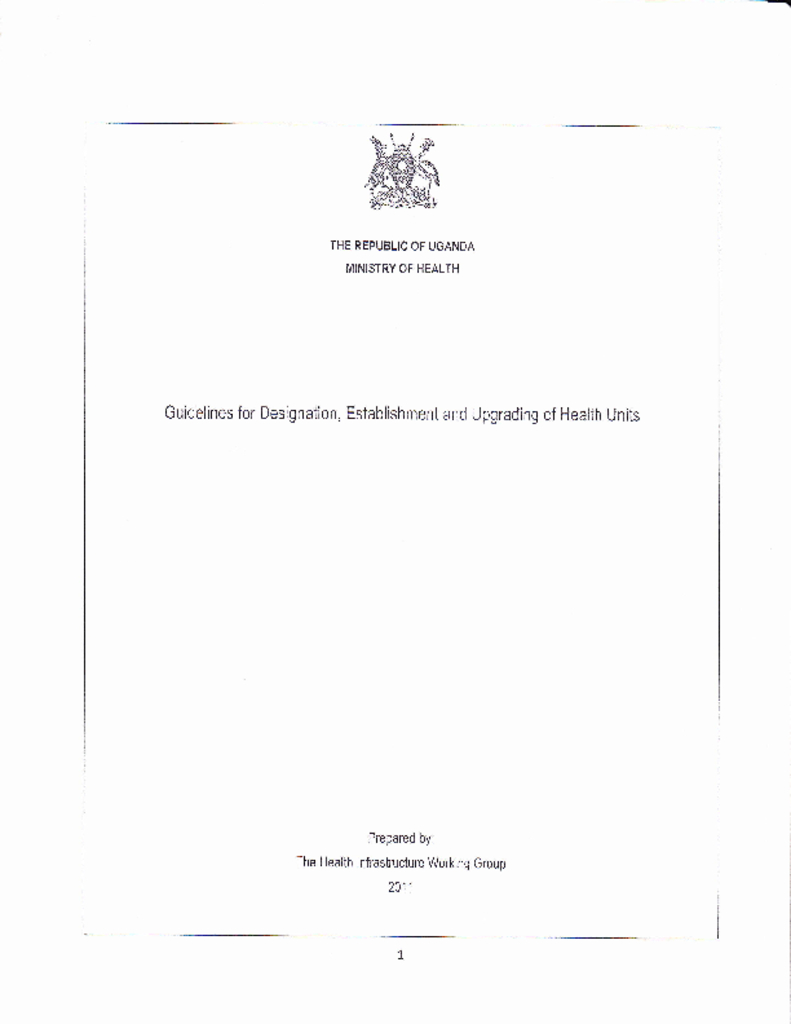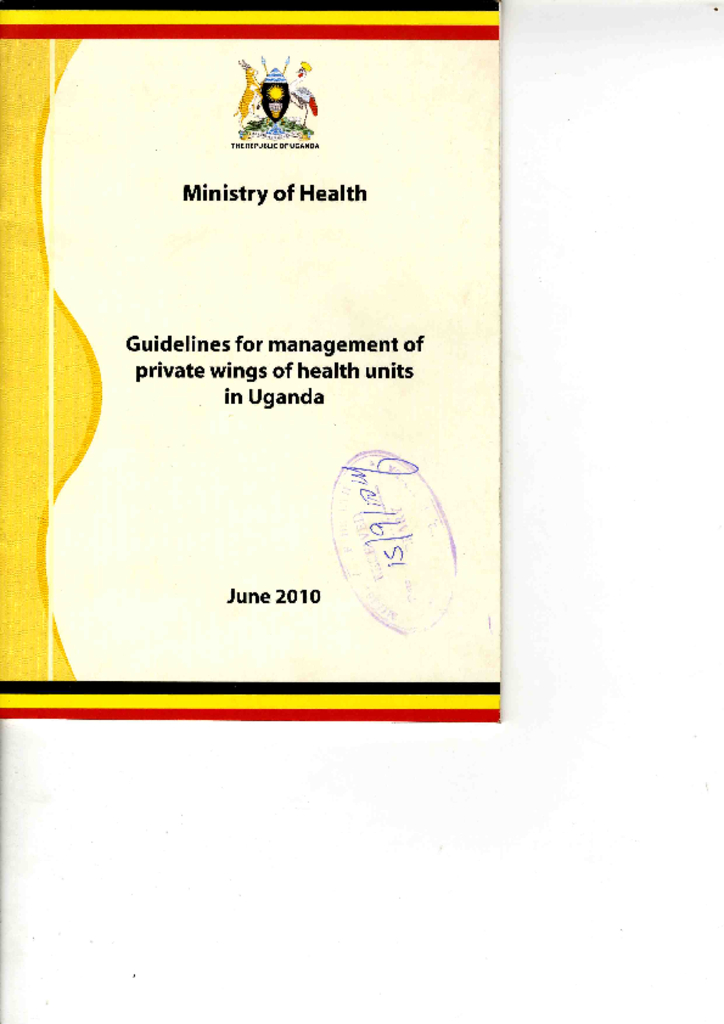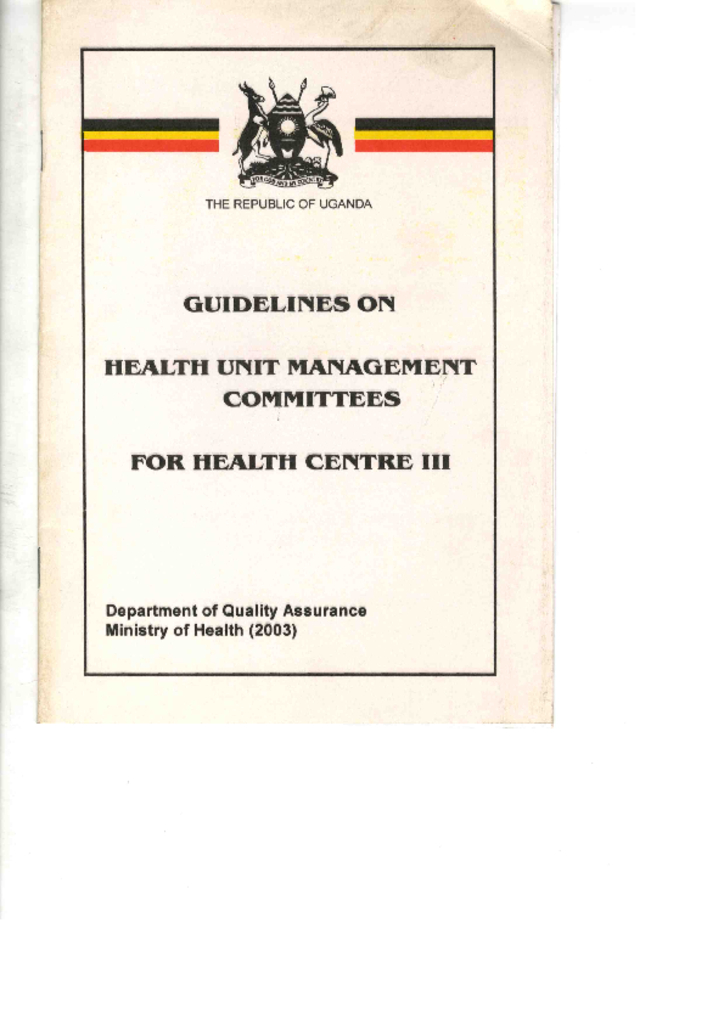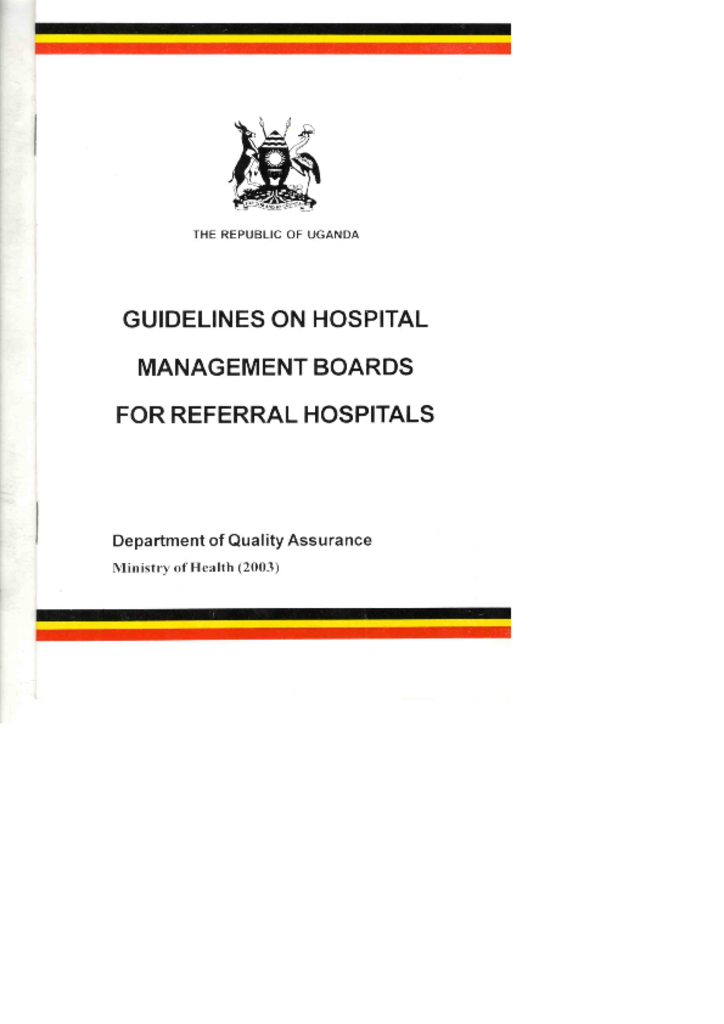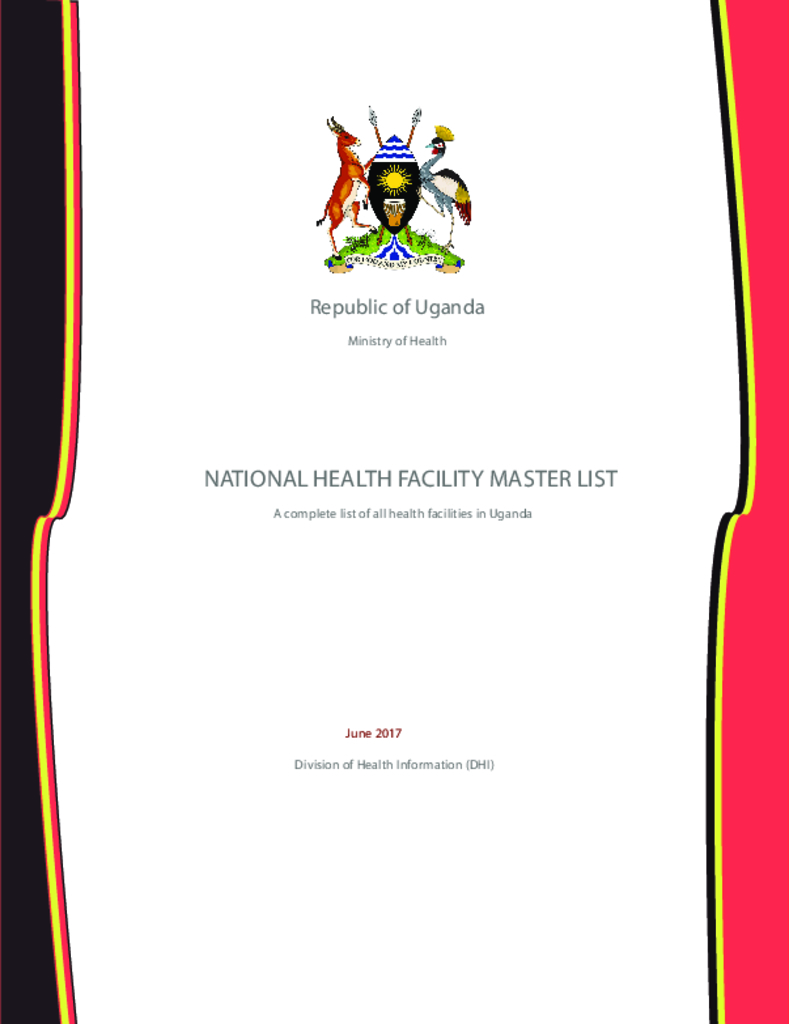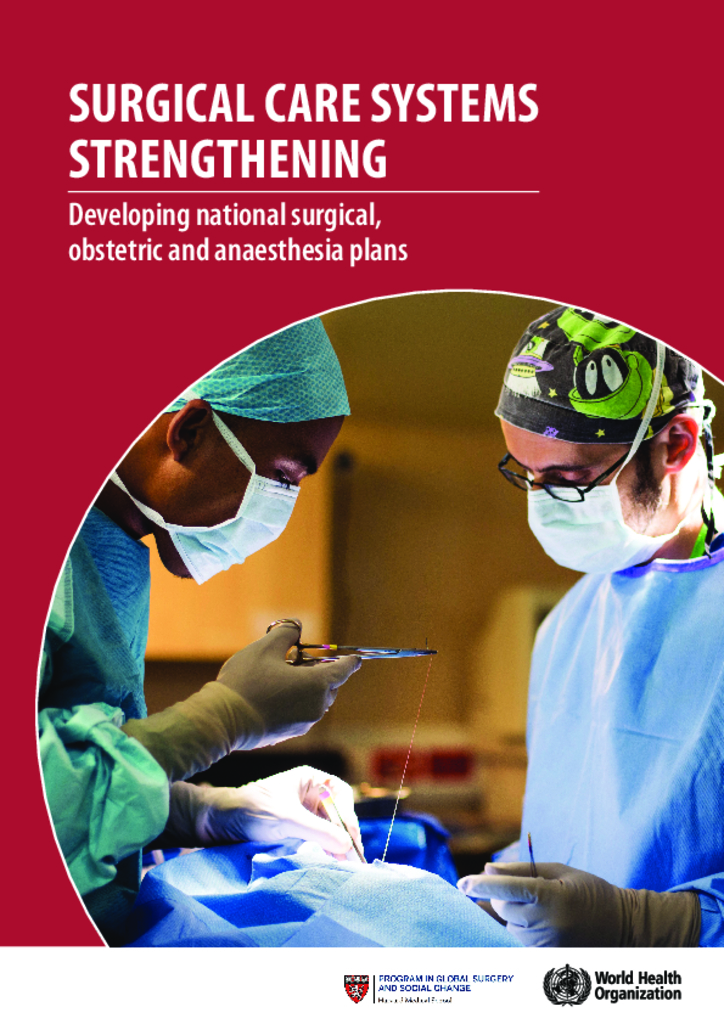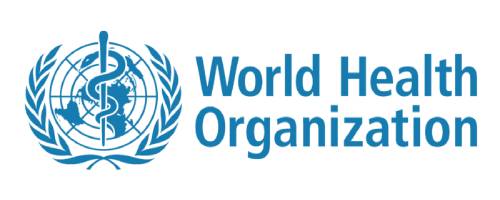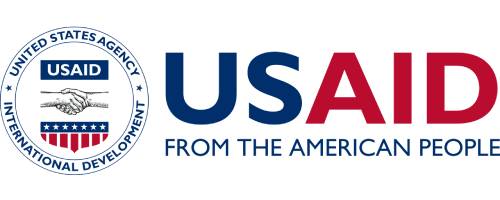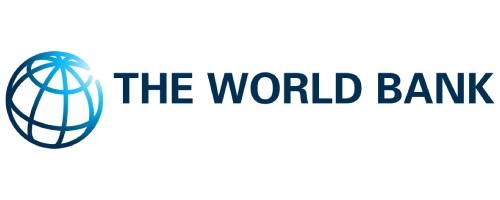This guideline is intended to provide the criteria for designation, upgrading, and establishment of health facilities to enhance the efficiency and effectiveness of subsequent infrastructure investments toward improved service delivery. it should be adhered to whenever stakeholders wish to establish, upgrade or assign a level of service delivery to an existing health unit.
The Guideline for managing private wings sets a minimum management system, structures, processes, and expectations that the health units should have. All hospitals should use these guidelines as the basic foundation upon which they manage the private wing services.
The function of the committee is to monitor the general administration of the HCIII on behalf of the Local Council and the Ministry of Local Government. this shall be done within the policy and guidelines of Ministry of Health.
This guideline provides a strategic vision and direction of the hospital on behalf of Ministry of health within the framework of health policy. It will ensure maximum efficiency and enable quick decision making.
This Health Facility Master List is a complete listing of both public and private health facilities in the country. There are 6,404 health facilities and each are established under unique administrative units i.e. Region, district, health sub-district, and subcounty etc.
The need to uniquely identify health facilities in the country is of paramount importance for better health service delivery. Many countries do not have accurate and informed data on their health facilities yet this can facilitate effective monitoring of infrastructure development and services provided to their increasing population. Uganda has always suffered the same.
Various organisations including researchers have multiple lists of health facilities across the country. More so, the facilities differ not only in the information they contain but also in the way they are named and identified. There is no common identifier to uniquely identify the facilities.
Over 70% of the world’s population cannot access essential surgical, obstetric and anaesthesia services (hereafter referred to as ‘surgical system’ or ‘surgical care’). To address the severe lack of access to surgical care, concerned countries must consider national scale-up of surgical systems. In this publication, surgical systems strengthening is described as a three-step process, consisting of a baseline assessment, followed by facility assessments and finally national planning.
